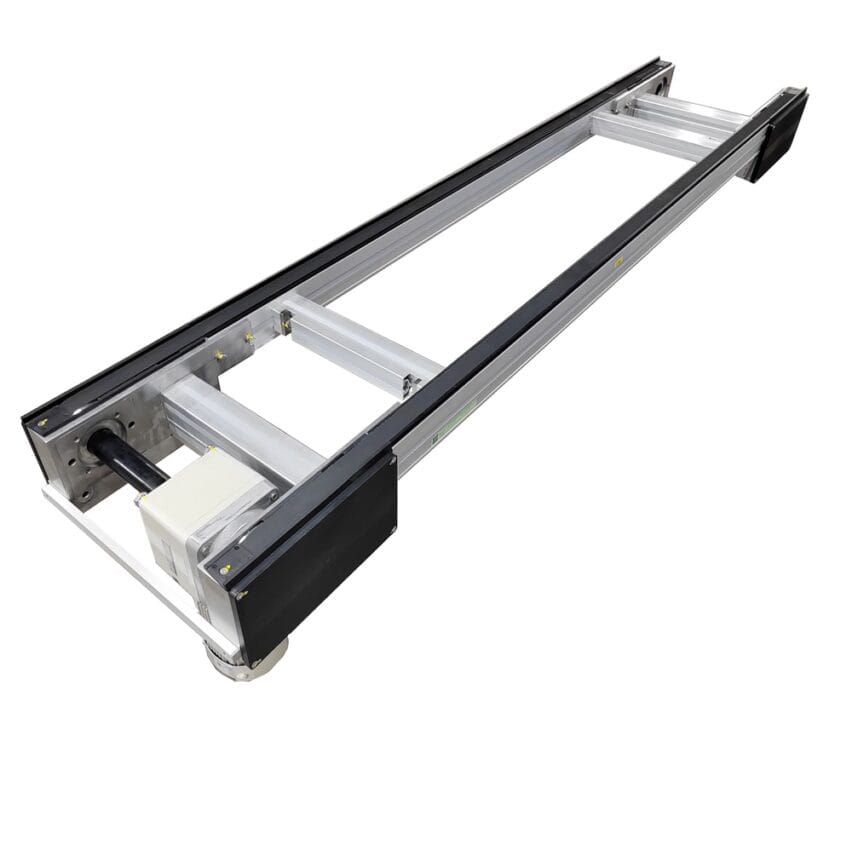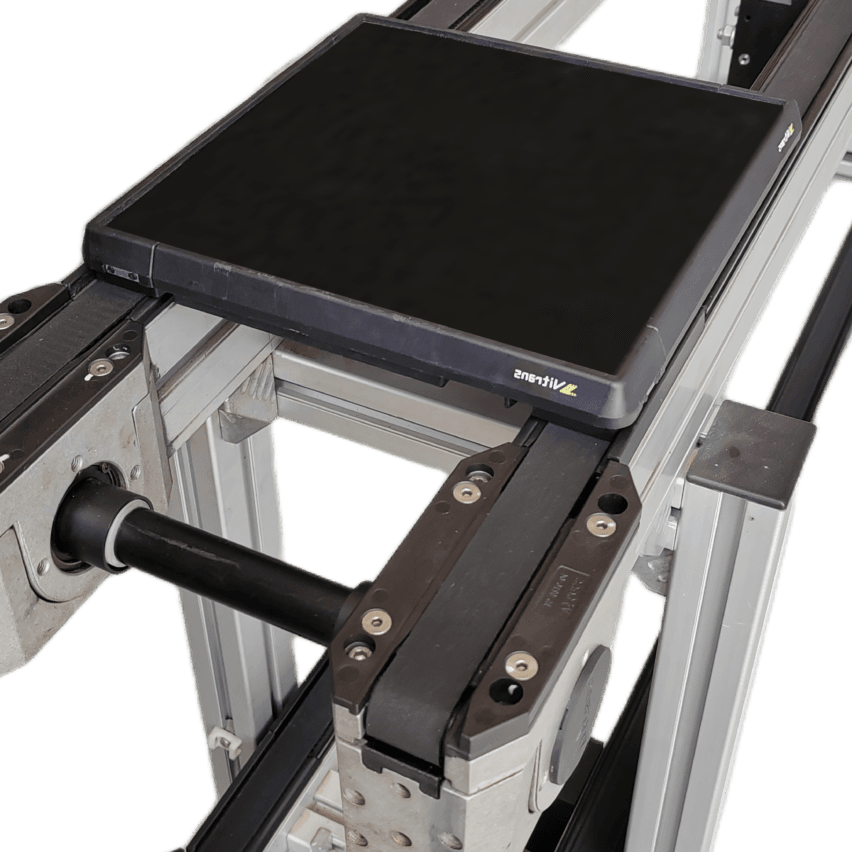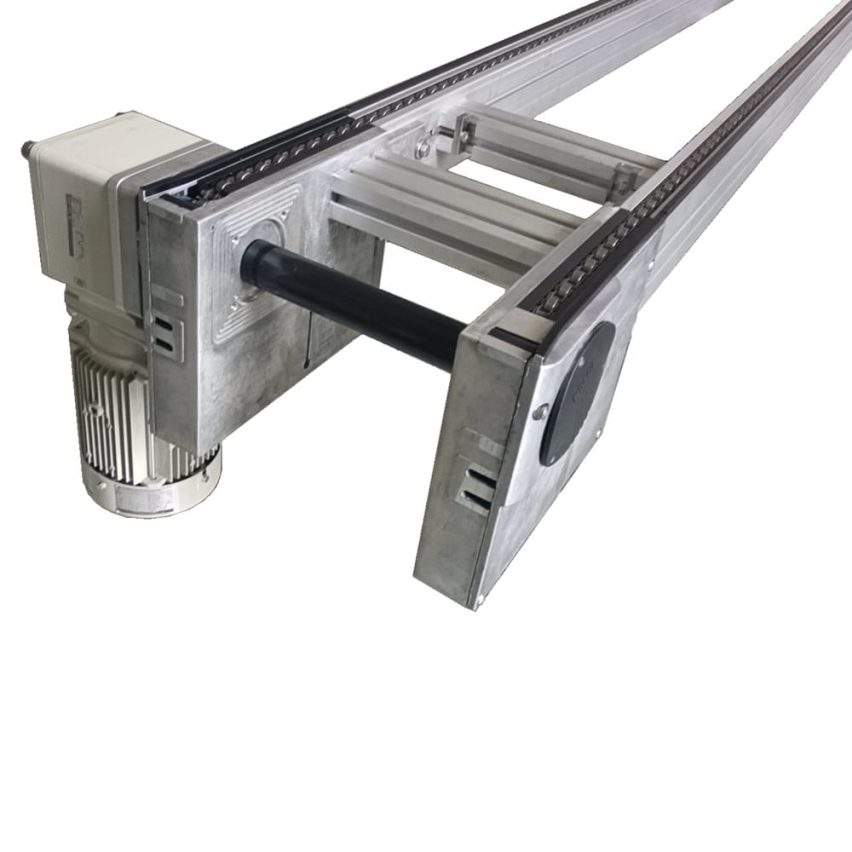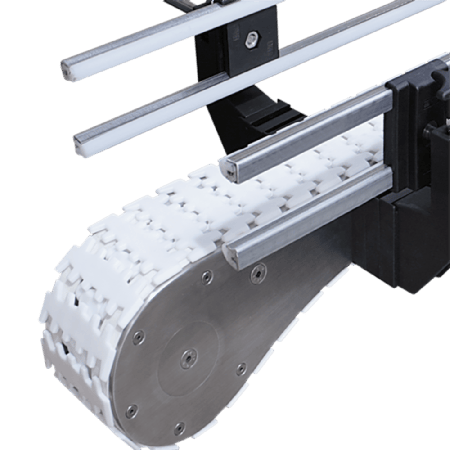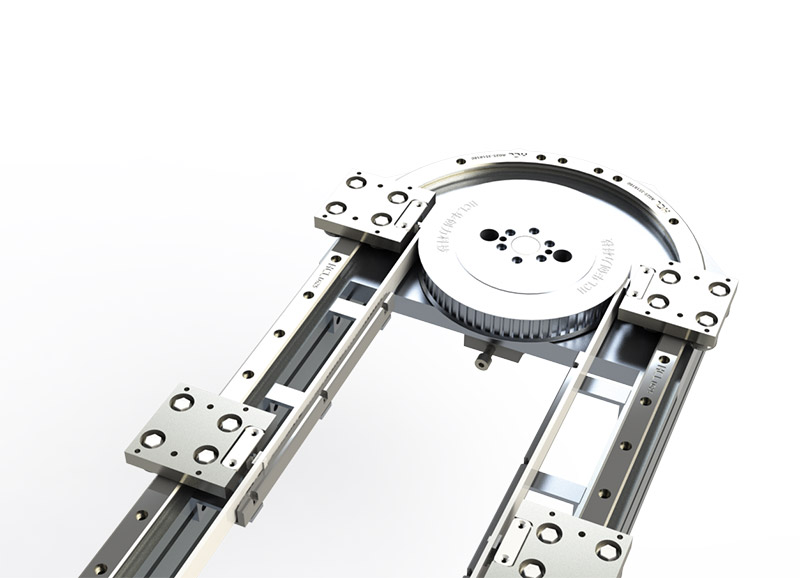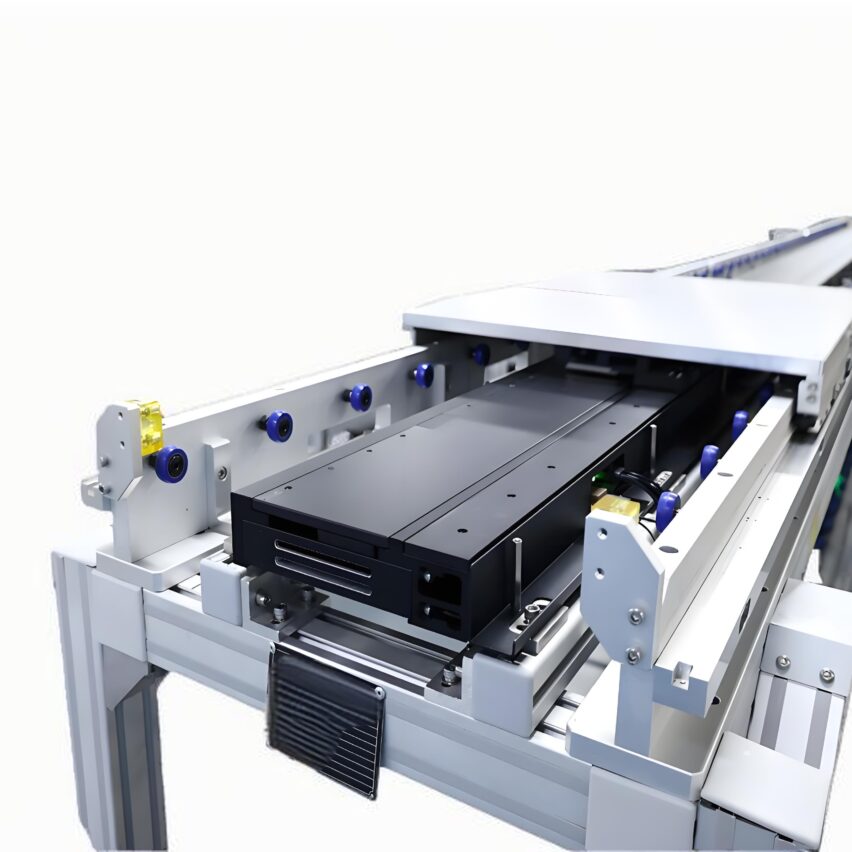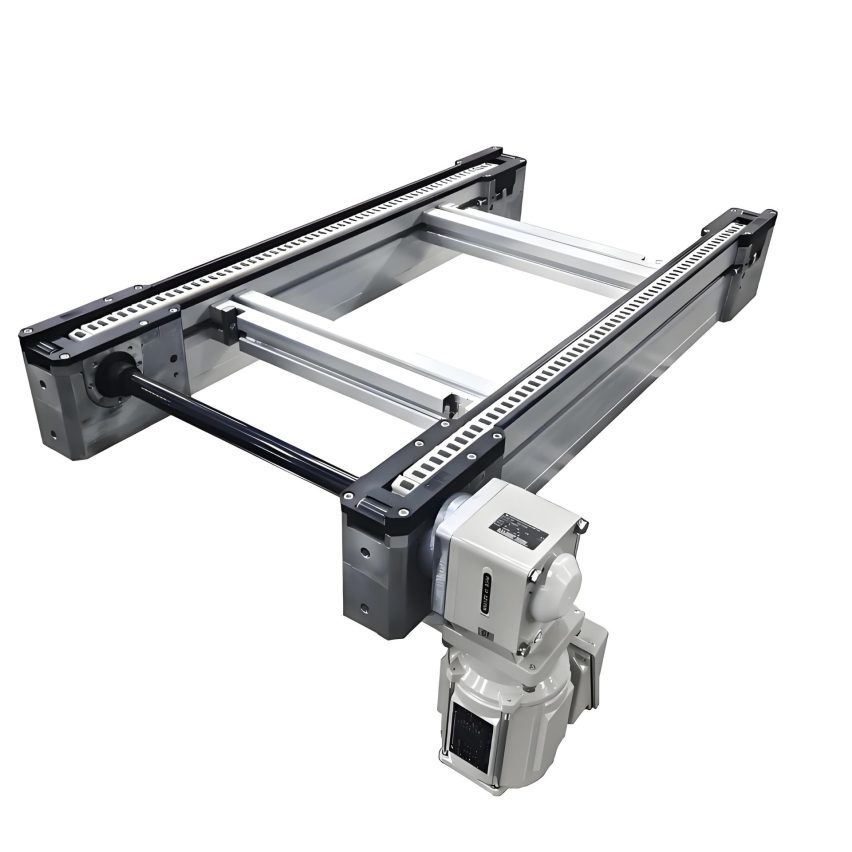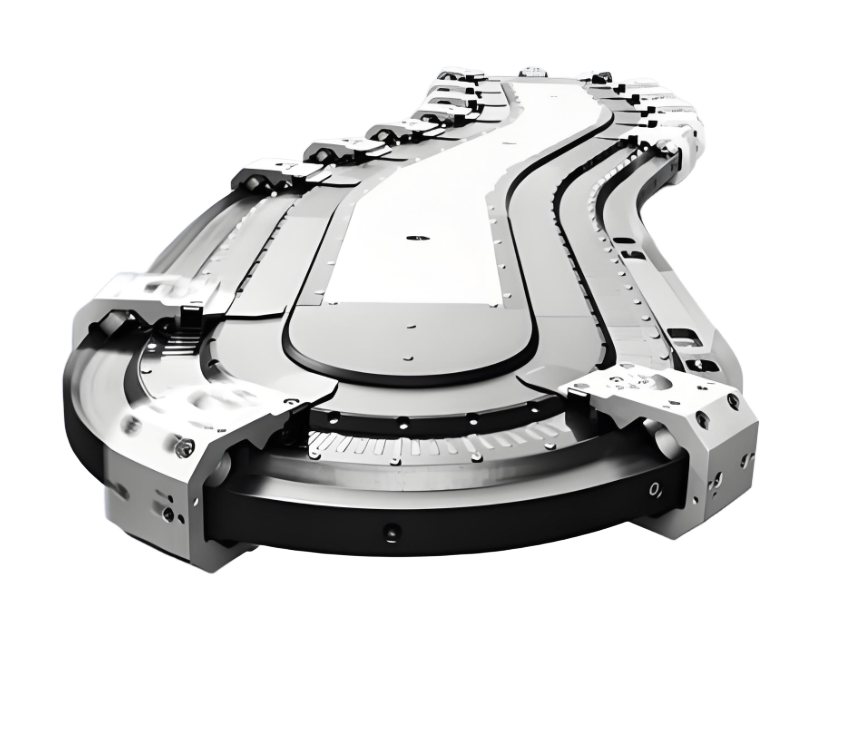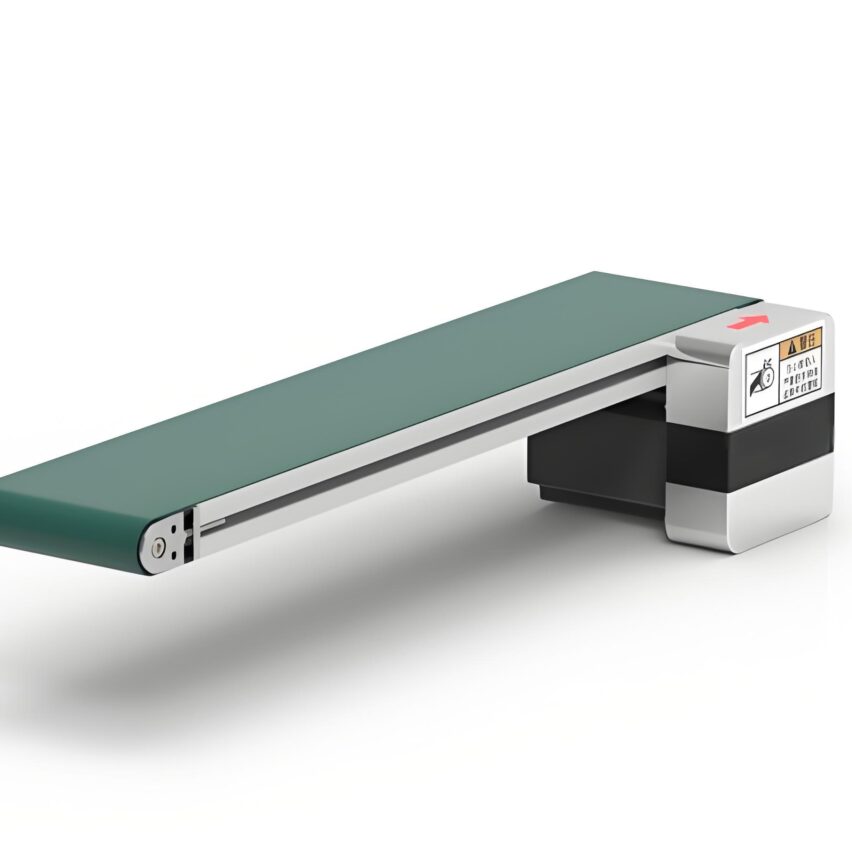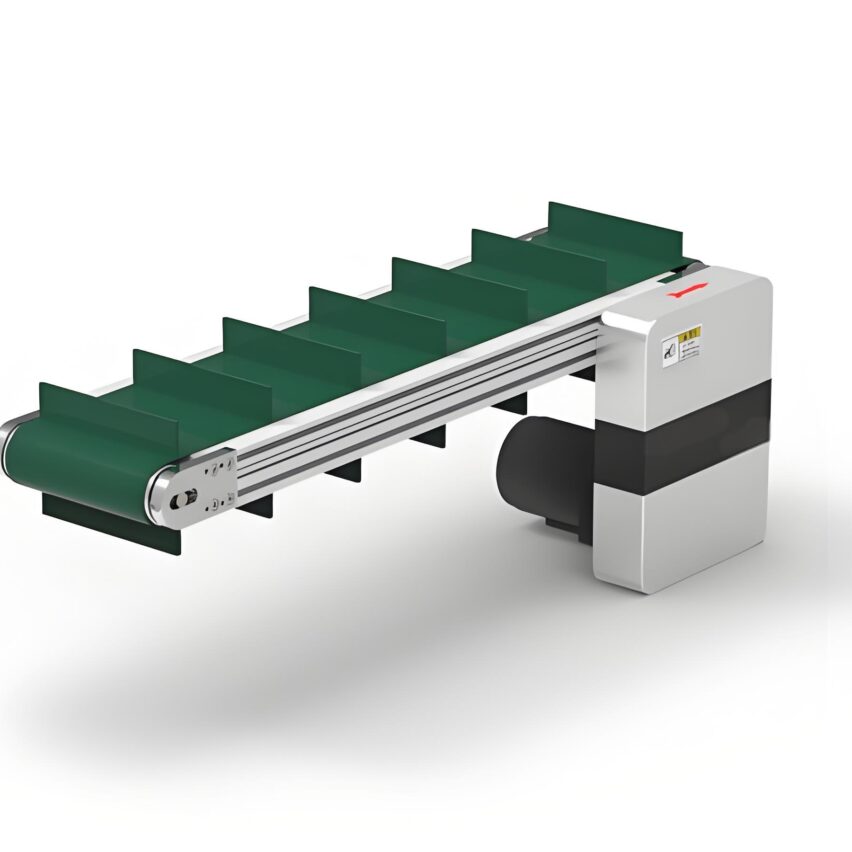I. Industrial magic of the laws of physics: the core principle of the multiplier chain
Velocity jumps driven by geometric differences
The core mystery of the mini-multiplier chain isDesign of diameter difference between roller and roller: When the diameter of the roller (D) is greater than the diameter of the roller (d), the actual speed of the workpiece can reach 2-3 times the speed of the chain. The physical principle can be simplified as the formula:
Vgather
= Vsprockets
× (1 + D/d)
For example, when D/d = 2, the work plate is at the chain speed of the3 timesHigh-speed skidding. This design allows small factories to achieve 1.5m/s conveying efficiency with only 0.5m/s low-speed drive, dramatically reducing motor energy consumption and noise.

The double-edged sword effect of friction
Theoretically the multiplication ratio is determined by the diameter ratio, but in practice, theFriction loss between roller and guidewayIt would discount the effect of the growth rate:
- 2.5x speed chain actually grows about 2.3x faster
- The 3x speed chain actually grows about 2.7 times faster
This required the design to allow for 10%-15% speed redundancy. Interestingly, however, the "slippage" caused by the friction is a key feature - the pallets can be precisely stopped by the stopper without stopping the entire line, allowing forIntermittent operations in continuous flow.
II. The golden configuration for small factories: modularity and lightweighting
The extreme art of space compression
In response to the pain points of small and medium-sized plants, the Small Multiplier Chain adopts a triple space optimisation strategy:
- vertical stratified reflux: Lower level empty board return channel saves 40% floor space
- Compact aluminium guide: 40 x 80mm lightweight aluminium profile rail, only 1.5mm thick but with a load capacity of 200kg/m.
- Microcirculation Layout: Single section length ≤ 15 metres, supporting L-shaped/U-shaped bends (turning radius ≥ 3 times the pitch)
An air-conditioning parts factory has adopted this solution, deploying a 6-station assembly line in an 80m2 workshop, compared with the traditional conveyor line.Save Site 53%.
Intelligent control for civilians
Low-cost automation solutions are becoming popular in smaller factories:
Image Codegraph TB A[220V single-phase motor] --> B[Simple PLC controller] B --> C{signal judgement} C -->|Normal Conveyance| D[2m/min uniform speed mode] C -->|Assembly Stop E[0.5m/min creeping non-slip] C -->|Empty board back| F[3m/min high speed mode]By means of photoelectric sensors + time relays combination, the±0.5mm stopping accuracyThe cost of the system is less than 10,000 RMB. While the traditional servo programme for the same accuracy requires 5 times the cost.
III. Design Philosophy of Rigidity and Flexibility
The Golden Rule of Chain Selection
Small production lines require a delicate balance between load-bearing and flexibility:
- light load scenario(<50kg): engineering plastic roller chain (e.g. BS25-C206B), noise <65dB
- medium-load scenario(50-200kg): steel-plastic composite rollers (steel core covered with nylon)
- heavy duty limit(>200kg): All-steel chain (reinforced guide rail required)
Key data: 2.5 times the speed of the chain type BS25-C208A with rails, the maximum load in a single line is up to 2.35kN / m - enough to carry 4 standard computer mainframes.
Dynamic balancing of tensioning forces
Smaller machines often require a non-linear layout due to site constraints, which creates problems with loose chain edges. The innovative solution is the use ofGravity Adaptive Tensioner::
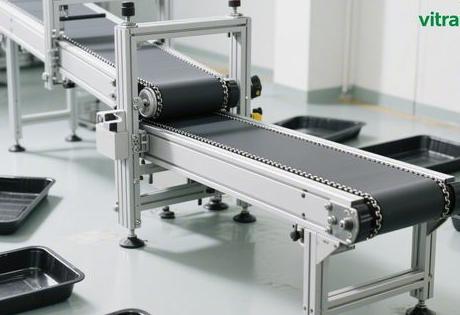
- Spring preload provides base tension
- Counterweight automatically adjusts to the angle of the turn
Measurements show that in a 15-metre S-shaped line body, the device presses the chain jitter from ±3mm to ±0.8mm, and the chain jamming failure rate drops by 70%.
IV. Scenario-based practice: from 3C electronics to biomedicine
Blitzkrieg of consumer electronics
The case of a headphone factory in Dongguan subverts perceptions:
- Length of line: 12.8 m (2 sections of 6.4 m aluminium profiles spliced together)
- Workstation Configuration: Soldering → Inspection → Aging Test → Laser Marking
- Production capacity data: Process 1200 pairs of headphones per hour with a yield rate of 99.2%
The secret is.Conductive work plates + sliding contact power supply system: Workpiece boards are automatically powered up when they enter the test area, eliminating the need for plugging and unplugging steps and shortening the single-process beat by 4 seconds.
The Dance of Precision in the Life Sciences
In a reagent kit production line in Suzhou, the Speed Chain is the "aseptic conveyor":
- Fully enclosed stainless steel rail (gap ≤ 0.3mm)
- Low-temperature resistant chain (-40°C) supports the transport of freeze-dried preparations.
- Static dissipative roller (surface resistance 10⁶-10⁹Ω)
Filling accuracy up to99.995%The cost of the conveyor belt is only 1/3 of the cost of cleanroom conveyor belts, far exceeding the industry average of 99.51 TP3T.
V. Game theory of cost and innovation
The life and death of localised substitution
Currently, small speed chains are facing the necklace of core components:
"The life of Japanese roller bearings is 20,000 hours, while domestic ones are only 14,000 hours. But the nanocrystalline ceramic coating technology of a factory in Suzhou has reduced the wear of domestic bearings by 62%"
The Modular Design Revolution of Cost Reduction
Cracking the cost dilemma through three standardised strategies:
- interface unification: Motor/sensor interface according to IEC 61131 specification
- Function Module Library:: 12 plug-and-play modules (e.g., right-angle steering machines, screw jack towers)
- Open source control systems: Raspberry Pi-based industrial control solution with zero software costs
An equipment factory in Changzhou thus realised.Compatible with Base Framework Class 8 products, customer conversion and modification cost down 85%.
Self-questioning: penetrating the technological fog
Q1: Can I use a double-deck doubler chain for a small factory building with a floor height of less than 3 metres?
adaptableFolding back designThe upper conveyor end is equipped with an inclined chute (angle ≤15°), and the empty boards slide down the chute to the bottom floor for return flow. Measurement shows that 2.8m floor height to achieve the equivalent double layer layout, the space utilisation rate is still increased by 35%.
Q2: Can I build a multiplier chain system on a $10,000 budget?
Totally feasible. SelectionBS25-C206B Base Chain(unit price $120/m) with a 220V worm gear motor (about $800), and a multi-layer plywood instead of steel for the work boards. A VC workshop built a 3-station system for $9,800 and paid back in 8 months.
Q3: Do frequent production changes damage the chain?
hinge onStart-stop control strategy. Recommendation:
- Acceleration ≤ 0.5m/s² with S-shaped acceleration and deceleration curves
- Perform "creep lubrication" before the first start-up of the day (2 weeks of operation at 0.1 m/min).
After an automotive electronics factory wrote this solution into its protocol, chain life was extended from 12,000 hours to 18,000 hours.
As the sun sets over a small electronics factory in Shenzhen's Guangming District, a set of orange speed chains are transporting Bluetooth headphones through the testing station. The upper layer of the work plate full of finished products slides to the packaging area at 1.8m/s, and the lower layer of empty boards quietly return in the gravity chute - this may be the grassroots interpretation of China's smart manufacturing.Weaving the future picture of flexible production with the laws of physics and business intelligence in the square inch.

